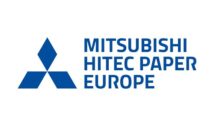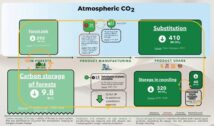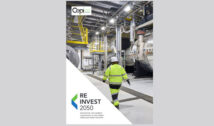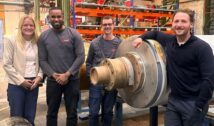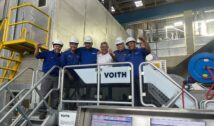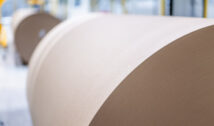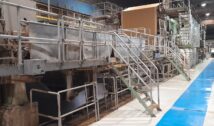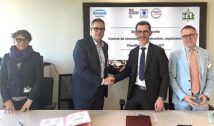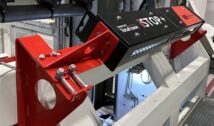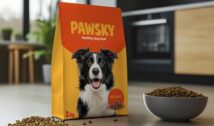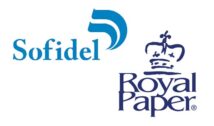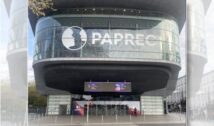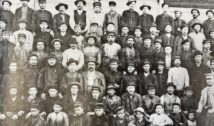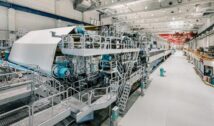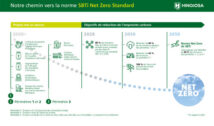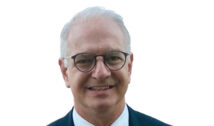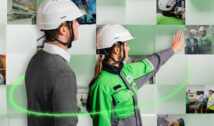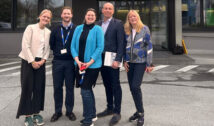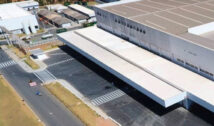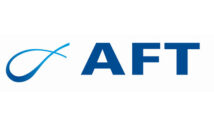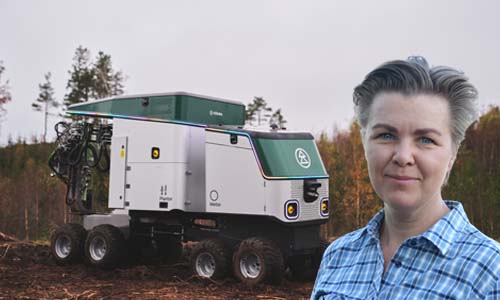
Södra’s venture in a new advanced technique for better seedling survival was recently field tested with promising results. Södra’s ambition with the in-house developed BraSatt 01 planting machine is to accelerate technical advances in forest regeneration, which could potentially lead to considerable improvements for forestry.
Södra’s mission is to help refine and renew the value of family forestry. Improved seedling survival will create conditions for higher profitability for family forestry, while also contributing to more sustainable forestry.
“There haven’t been any major technical breakthroughs in forest regeneration since the planting tube. With Södra’s venture, we are giving the forest regeneration method a real boost and using a technique that is unusual in forestry. I hope this will have a ripple effect, so that forest owners can continue to benefit from more new techniques as we move forward,” said Anna Wallner, project manager.
Södra has been running a project called BraSatt since 2020, which is based on the development of a new method for scarification and planting seedlings to ensure the survival of the seedlings. Seedling survival is a problem for all forest companies today. Södra’s current rate of seedling survival is 70–75 percent, which means that only three of four seedlings survive longer than three years.
“In the project, we have created a concept and field-tested a new scarification method and a self-propelled planting machine. BraSatt has covered the whole chain – from planning to planting the seedling in the soil,” said Anna Wallner.
The autonomous planting was developed from the BraSatt 01 prototype. The aim is that the proposed machine will follow an overall route, find an accessible path through the terrain, select good planting spots, feed the seedlings through the system, scarify the soil and then plant successfully. Södra has collaborated with companies with experience from various industries to find new solutions. The participating companies are Axelent Engineering, Bit Addict, Boid, Chalmers, CIT, DB MakerLab, Ebeaver, LUE Engineering and the Forestry Research Institute of Sweden.
“In the project, we used a proven technique as far as possible and adapted it step by step in order to get closer to tomorrow’s planting machine. We’ve used a lot of techniques that are unusual for forestry, such as industrial robots, which are more likely to be found indoors on a concrete floor. In the BraSatt 01 machine, the seedlings are handled automatically by a robot. We are therefore making a new technique available to forestry, and to forest regeneration specifically,” said Anna Wallner.
The project also developed a new method of scarification that is optimal for the seedling and energy-efficient, while also leaving a relatively even clearing behind. This method affects a considerably smaller part of the surface compared with the current method. Another important part of the development process was to account for the human-machine interaction and factor in the operator’s role in creating a positive work environment. The operator’s new role will be to work together with the machine, to provide support when it asks for help, plan the work on the clearing and to work with plant care. Now that field testing has ended, documentation and analysis will follow to find a possible way forward.
“Even though the test results are promising, the machine is not ready for use. What we want to show with this development is that this is possible to achieve. In the next step, we need to decide what parts of the development that we need to prioritise and run ourselves here at Södra, where we can find partners and where there are technical advances happening that we don’t need to push,” said Anna Wallner.


